Sourav Pan
Transcript
Gerhardt’s test is a diagnostic method used to detect acetoacetic acid, a ketone body, in urine samples.
The test works through a chemical reaction between ferric chloride solution and acetoacetic acid, producing a distinctive burgundy or red-colored complex.
Let’s visualize the chemical reaction that occurs during Gerhardt’s test.
The procedure involves adding 10% ferric chloride solution dropwise to the urine sample.
A positive result is indicated by the development of a burgundy or port wine color.
Let’s now look at how to interpret the test results.
A positive result is indicated by a burgundy or reddish-brown color, showing the presence of acetoacetic acid.
A negative result shows no color change or only a transient color that quickly fades.
It’s important to use fresh urine samples for accurate results. Be aware that certain medications may cause false positive results, and this test specifically detects acetoacetic acid, not other ketone bodies.
Study Materials
No study materials available for this video.
Helpful: 0%
Related Videos
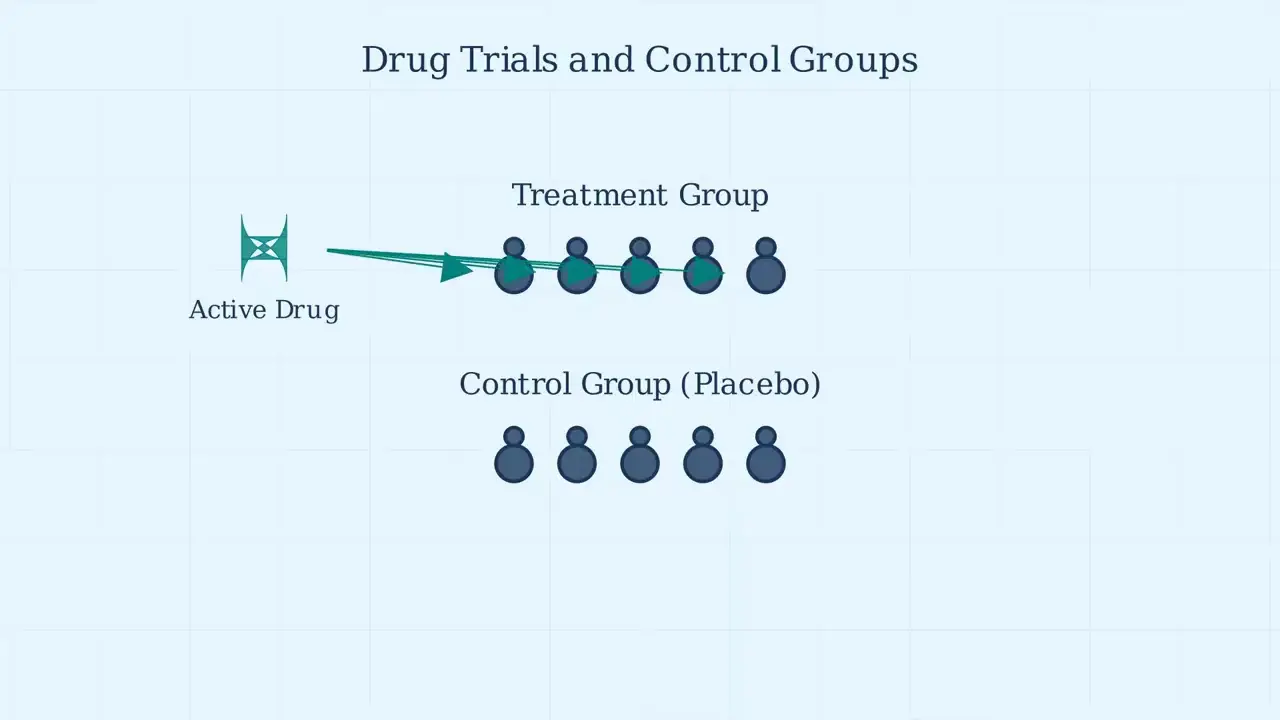
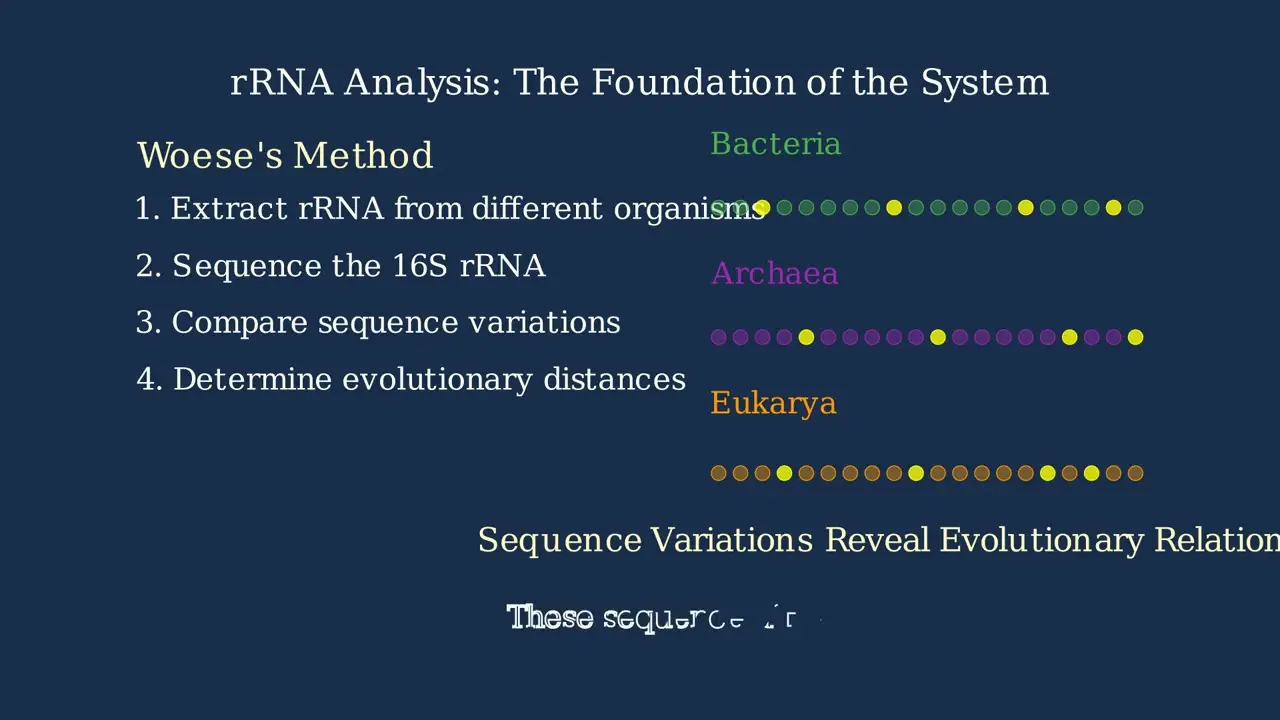
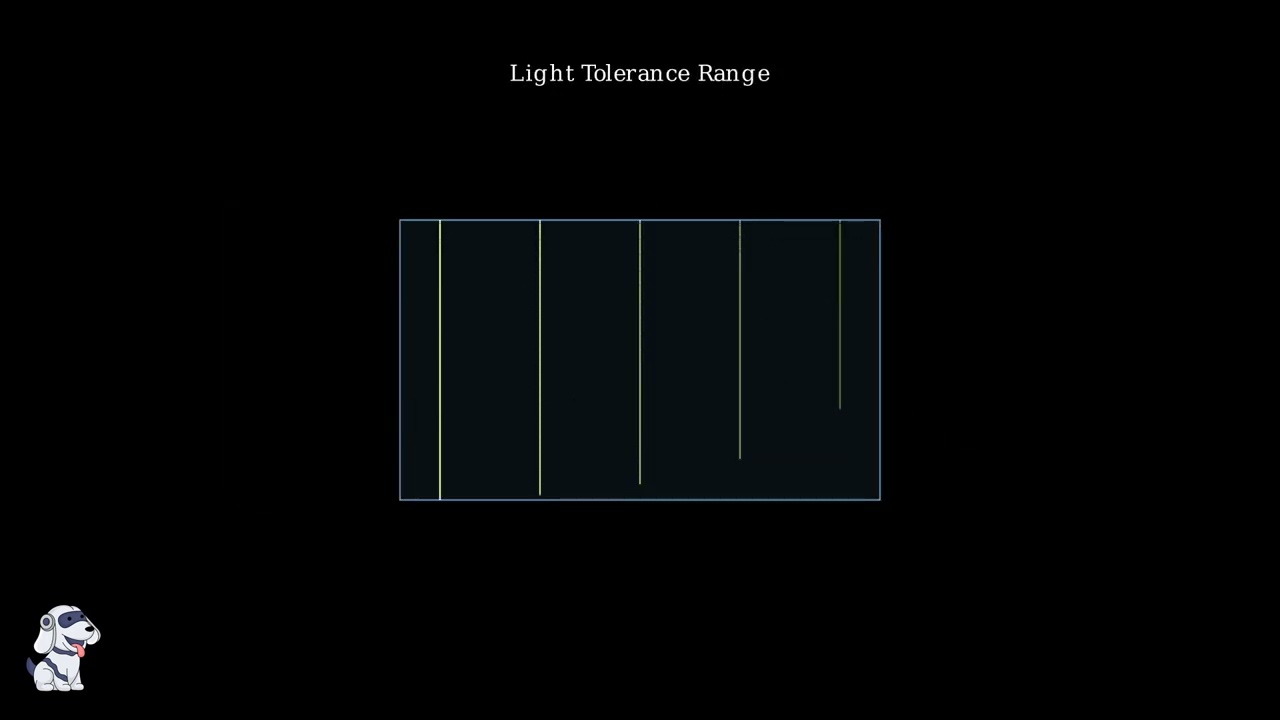
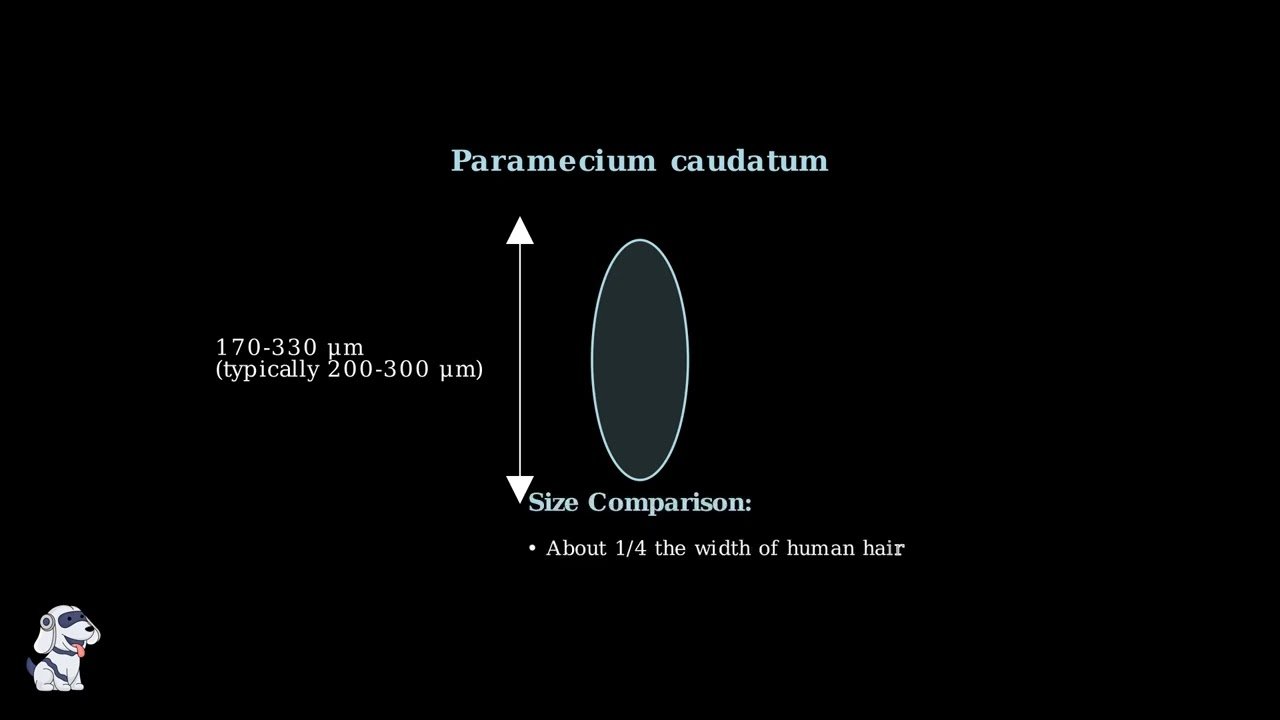

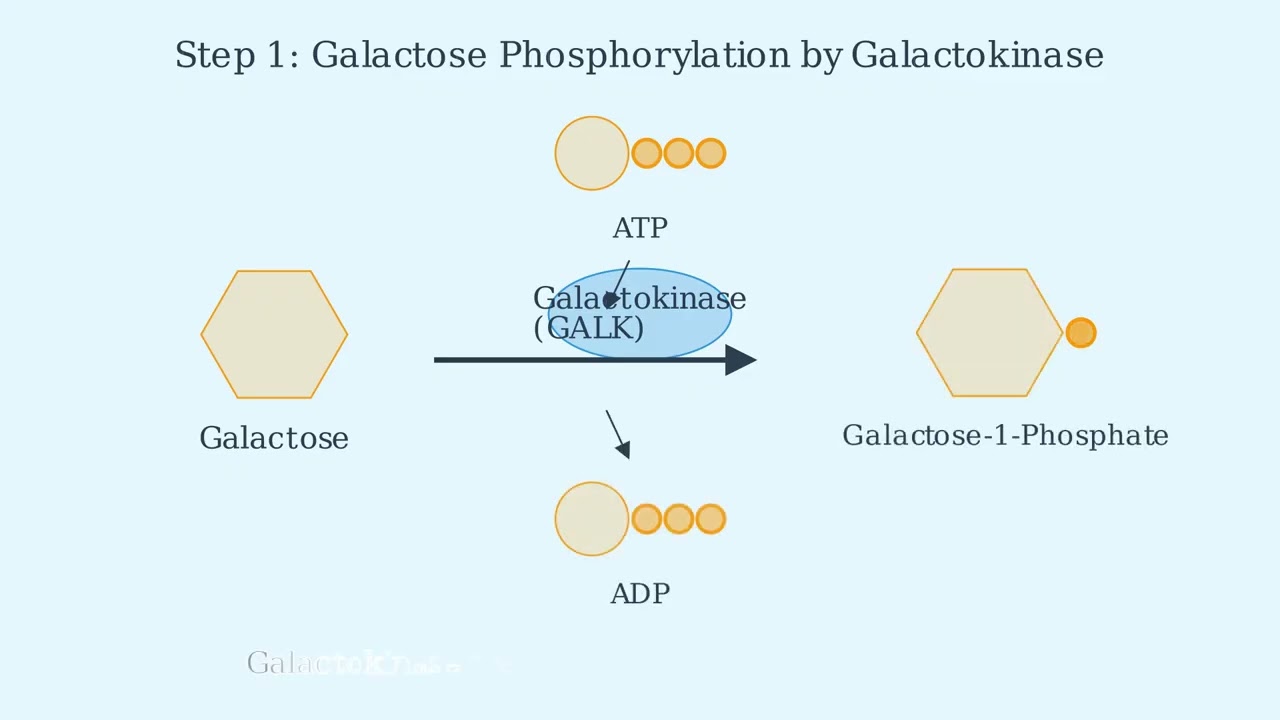
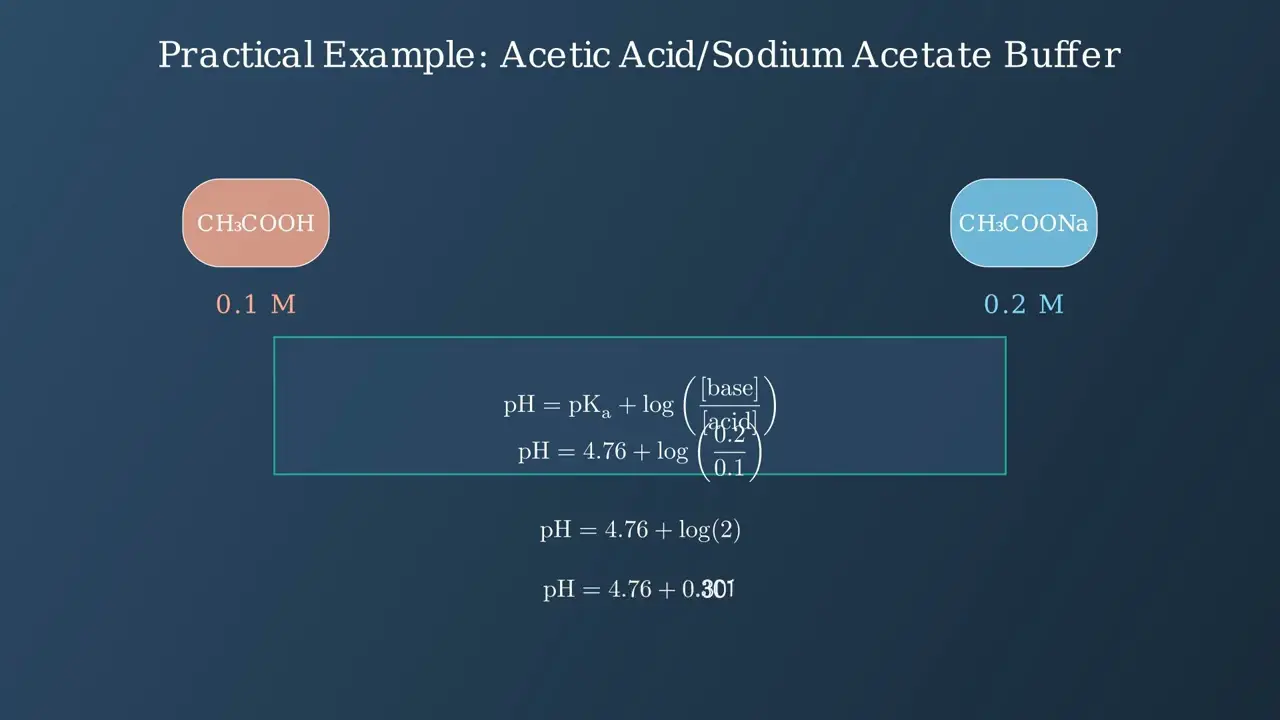
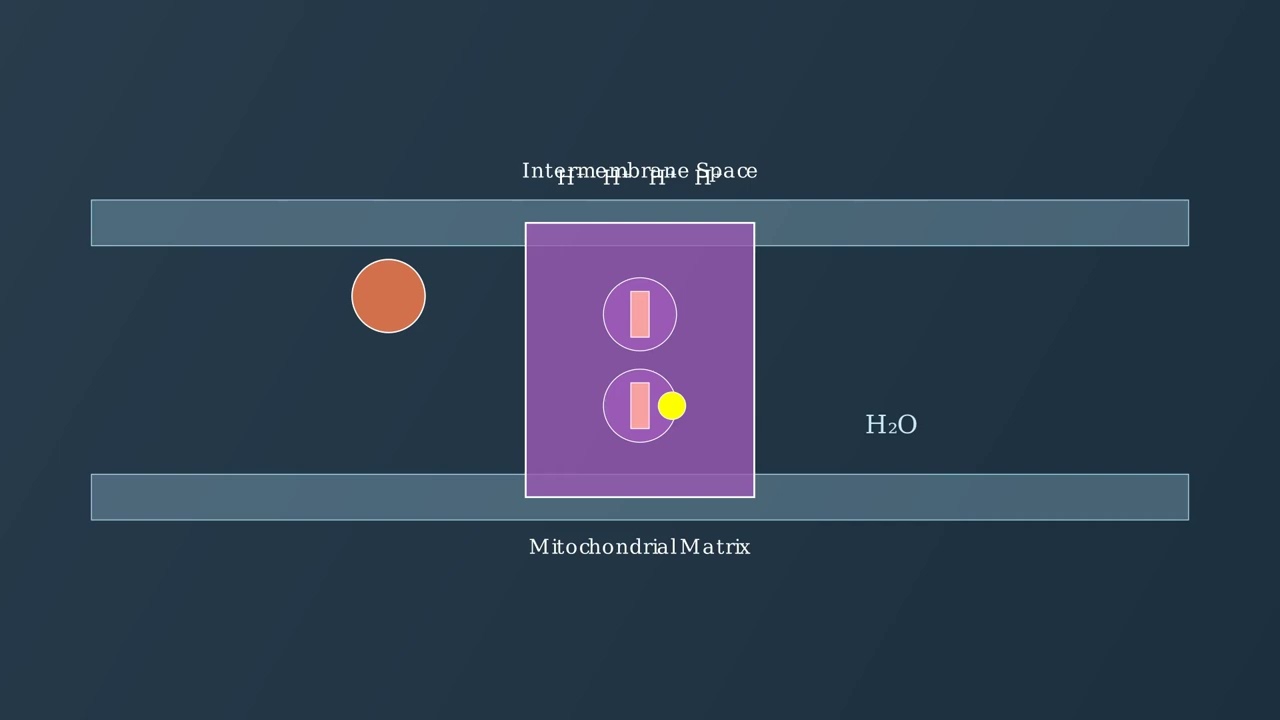
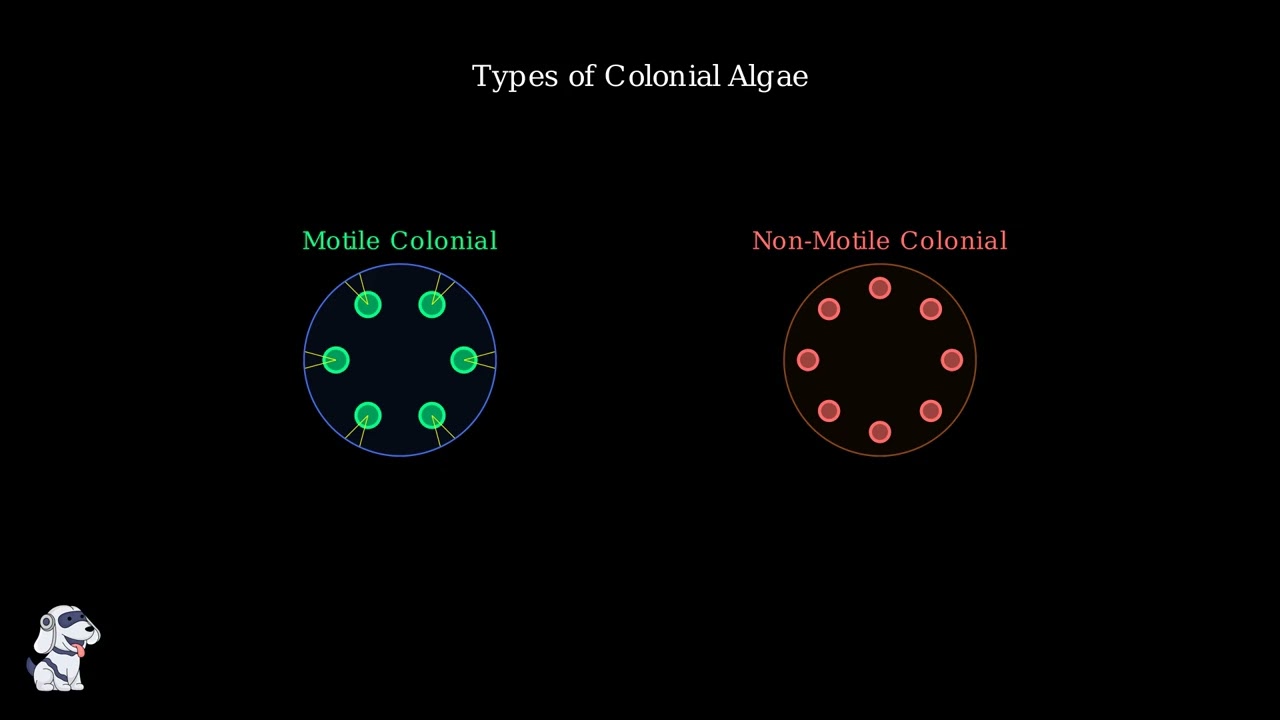
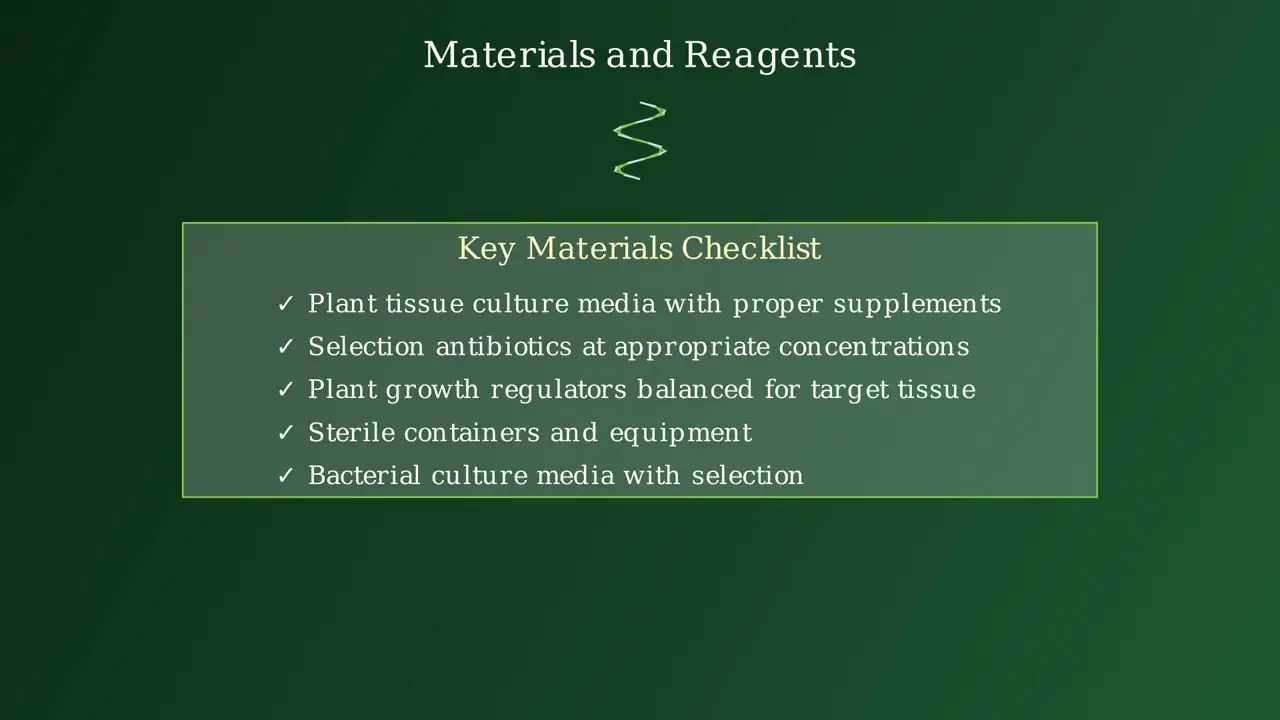
- Text Highlighting: Select any text in the post content to highlight it
- Text Annotation: Select text and add comments with annotations
- Comment Management: Edit or delete your own comments
- Highlight Management: Remove your own highlights
How to use: Simply select any text in the post content above, and you'll see annotation options. Login here or create an account to get started.